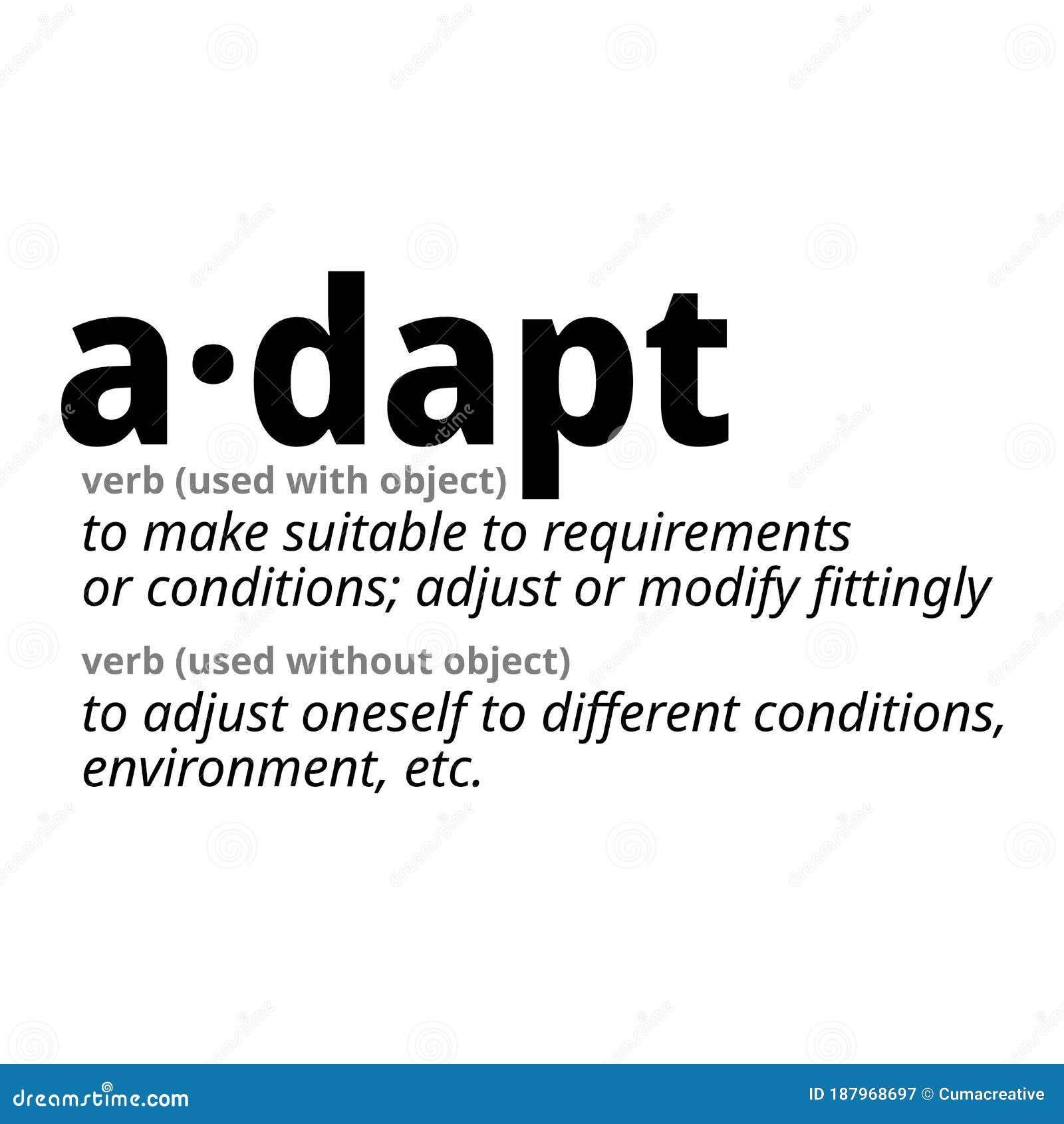How is the early development of a human, fish, turtle, and chicken similar?
They all look similar as embryos.
What does it mean to adapt?

Why do some people not believe in evolution
Religious beliefs
How are a dog, cat, and bat similar to a human?

They all have similar bone structures. Ex: one big bone, connected the two smaller bones, connected to a bunch of smaller bones, connected to "finger" bones.
Why must animals need to adapt?

What is one similarity and one difference between male and female skeletons?
Similarities: Same bones
Differences: males usually have bigger shoulders, skulls, arms/legs, females usually have a bigger pelvis.
Why do humans have a tailbone?
Human embryos normally have a prenatal tail that measures about one-sixth of the size of the embryo itself. At between 4 and 5 weeks of age, the normal human embryo has 10–12 developing tail vertebrae.
What is natural selection
The process whereby organisms better adapted to their environment tend to survive and produce more offspring.
Name at least 2 animals that we have learned about (that still exist today) that have evolved a lot over millions of years.
Whales, horses, sharks, dolphins, etc
How do scientists know that whales used to walk on land.
Studying whale fossils. Scientists noticed whales from millions of years ago had different bone structures and features from whales today. They had bigger legs and nostrils near the front of their head.
Who is Charles Darwin?
The theory of natural selection was first fully expounded by Charles Darwin and is now believed to be the main process that brings about evolution.
How does a veterinarian use comparative anatomy to treat animals?
If they have never treated a specific animal before, they study the anatomy of animals that are similar to the animal they are treating.
List 2 pieces of evidence scientists use to prove the theory of evolution.
1. Embryo development
2. Fossil record
3. comparative anatomy
Match animal to its adaptation.
1. Giraffe
2. Kangaroo
3. Elephant
4. Zebra
5. Duck
a. blends in with one another to confuse predators
b. elongated neck to reach leaves on tall trees
c. camouflage to blend in with natural colored surroundings
d. strong legs for defending themselves and and escaping predators
e. Big ears to keep cool in high temperatures
1. Giraffe- b elongated necks
2. Kangaroo- d strong legs for escaping predators
3. Elephant- e big ears to keep cool
4. Zebra- black and white stripes that blend them in with one another and confuse predators
5. Duck- colors that blend in with environment
How has the position of the blow hole changed in whales over time
